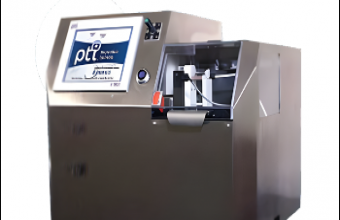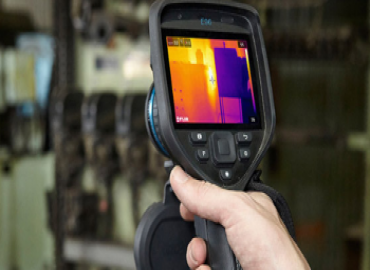The pharmaceutical industry is undergoing a significant shift in its approach to quality control, moving beyond traditional visual inspection to embrace advanced non-destructive testing (NDT) methods. This change is driven by a growing recognition that visual inspection alone is insufficient to guarantee container closure integrity, a critical factor in patient safety. A key technology at the forefront of this evolution is High-Voltage Leak Detection (HVLD).
For decades, visual inspection has been the industry standard for detecting visible particles and cosmetic flaws. However, it cannot identify the microscopic holes that could compromise product sterility by allowing contaminants to enter the container. These minuscule leaks can form during manufacturing, filling, or transport, making a comprehensive NDT approach essential for final quality checks.
HVLD has emerged as a precise, non-destructive method to address this critical vulnerability. The process involves subjecting a pharmaceutical container with a conductive liquid to a high-voltage current. An intact container will exhibit minimal current flow, but if a small crack or hole is present, the conductive liquid will allow a significant current to pass through, instantly triggering the system to detect and reject the defective container.
This growing adoption of HVLD is being accelerated by global regulatory changes. The latest version of EU GMP Annex 1, effective since August 2023, now requires 100% integrity testing for fusion-sealed containers. Similarly, Chapter 1207 of the United States Pharmacopeia (USP) is dedicated to methods for assessing package integrity and specifically recommends HVLD as a validated technique. These guidelines emphasize that visual inspection alone is no longer sufficient, making the integration of HVLD into automated inspection systems a new standard for ensuring the safety and quality of pharmaceutical products, particularly for high-value therapeutics such as gene therapies and biologics.
The shift from a solely visual inspection paradigm to an integrated approach that includes sophisticated NDT methods like HVLD underscores the industry’s commitment to proactive safety measures, ensuring that pharmaceutical products are fully protected from contamination before they ever reach patients.
Reference: https://www.cleanroomtechnology.com/integrating-high-voltage-leak-detection-into-automated-visual













